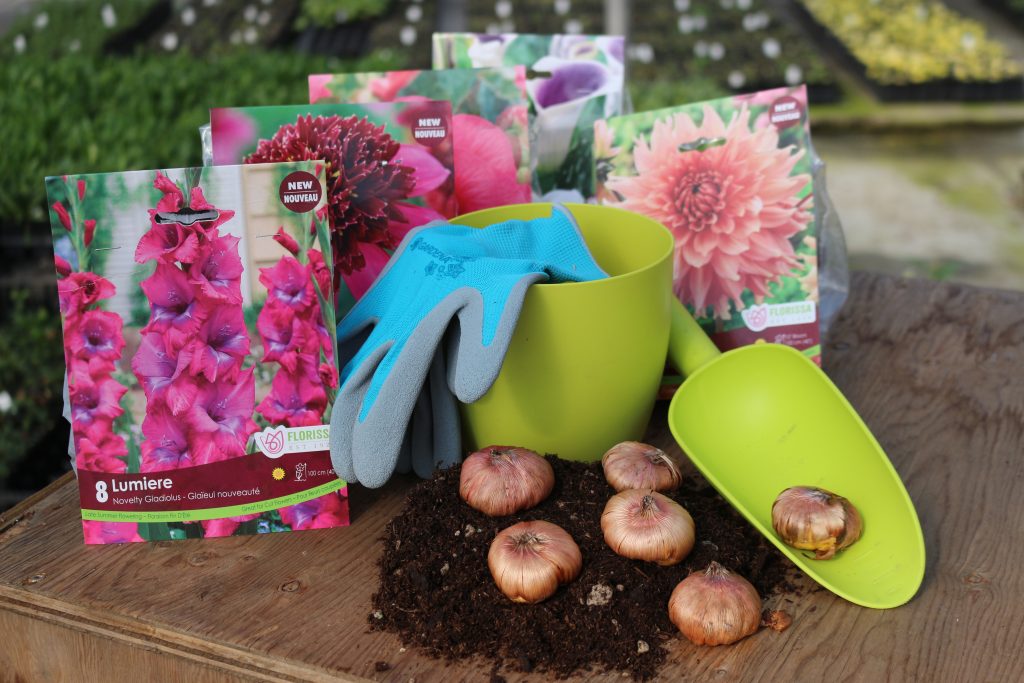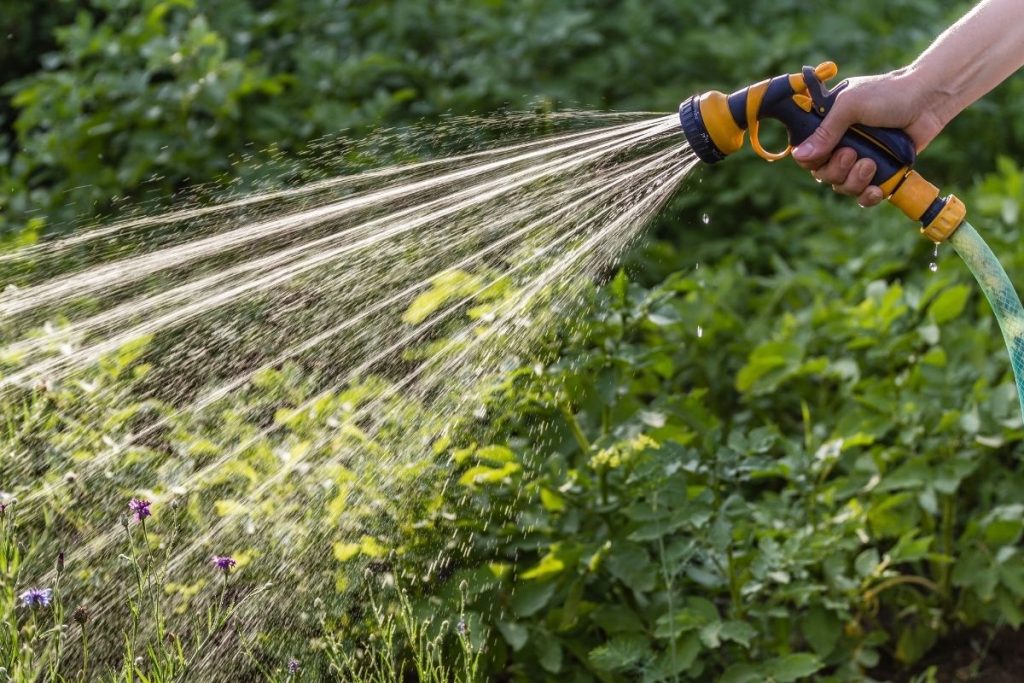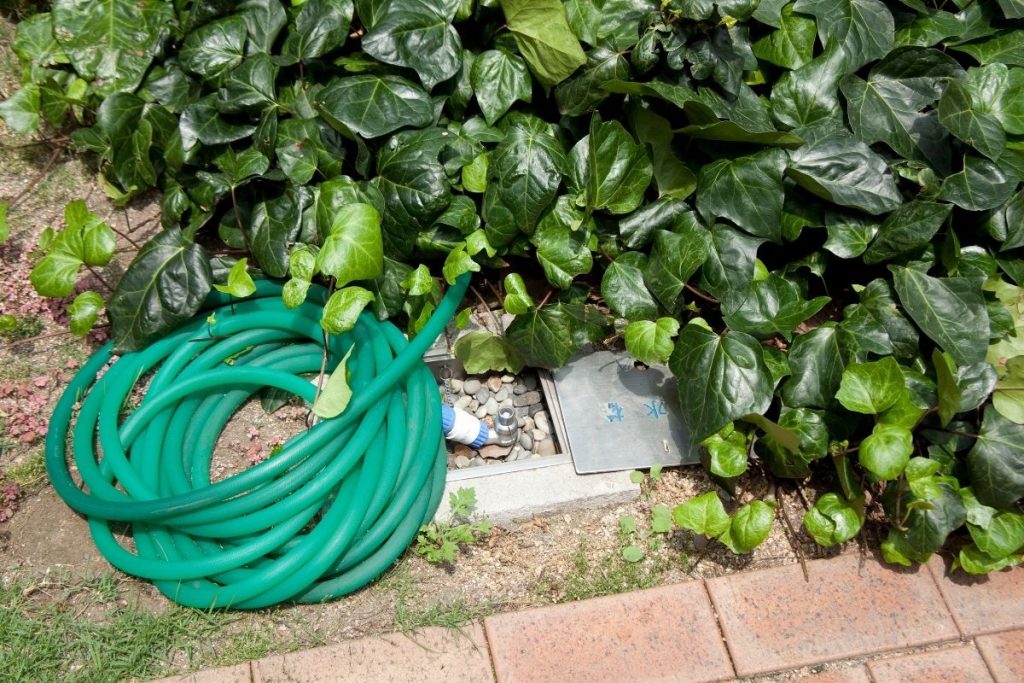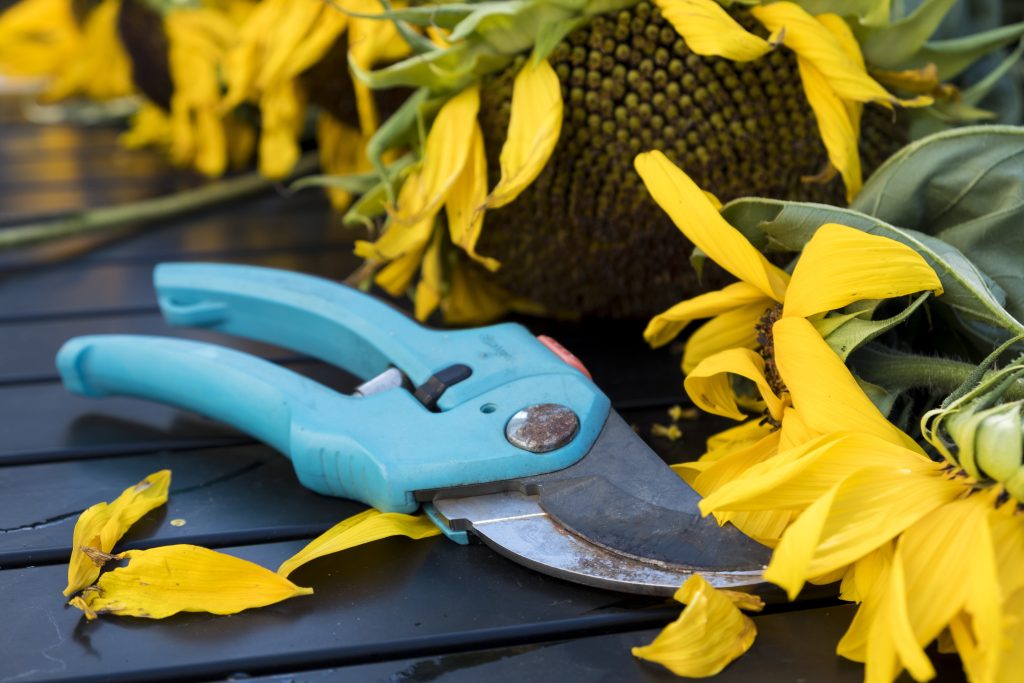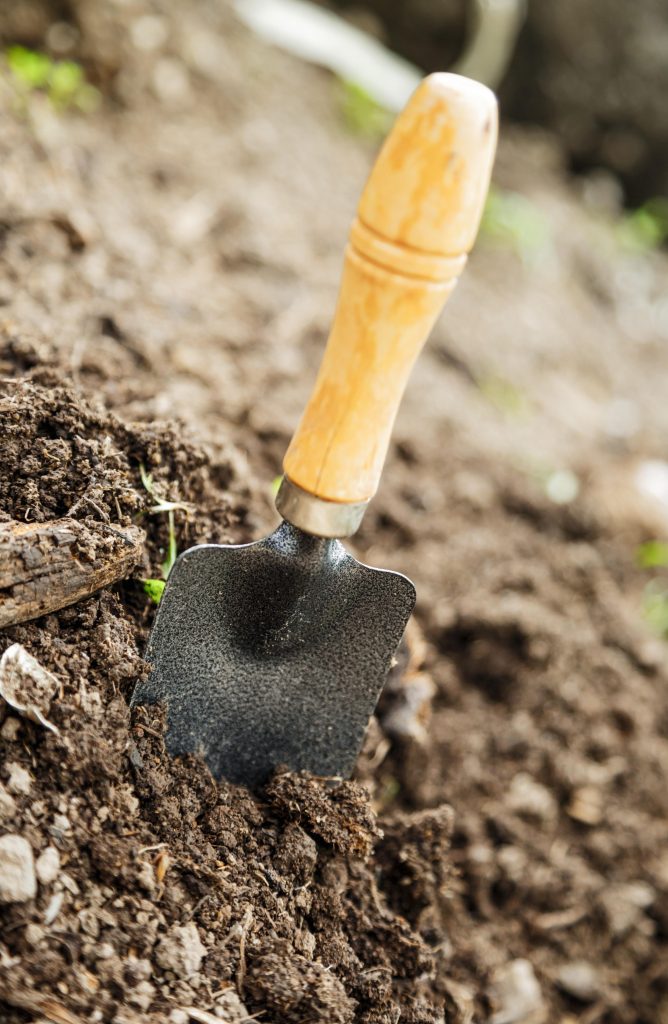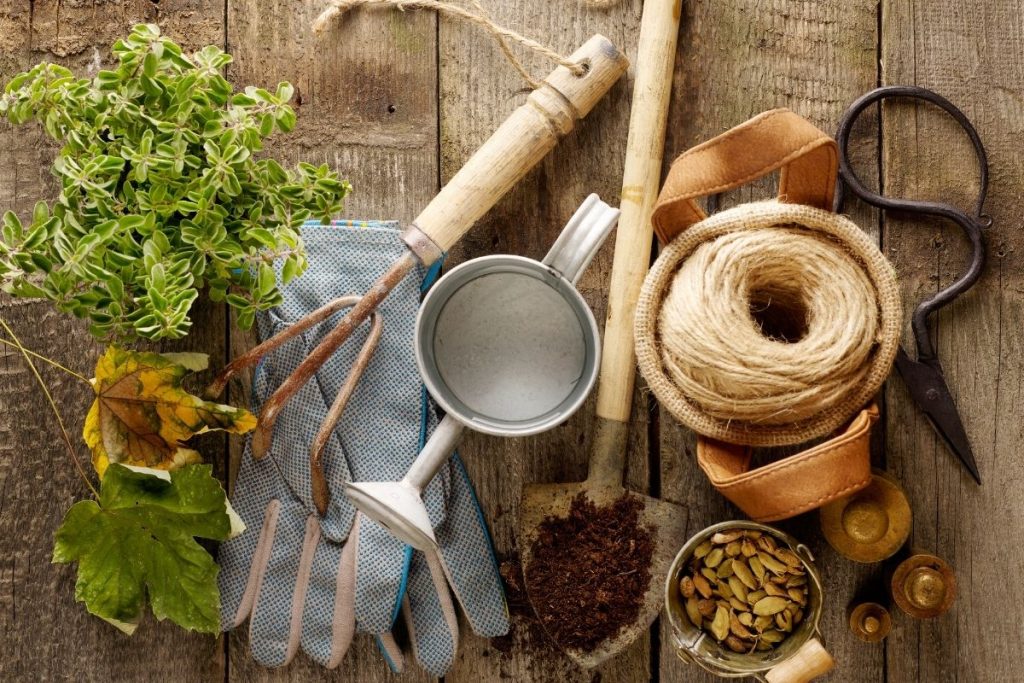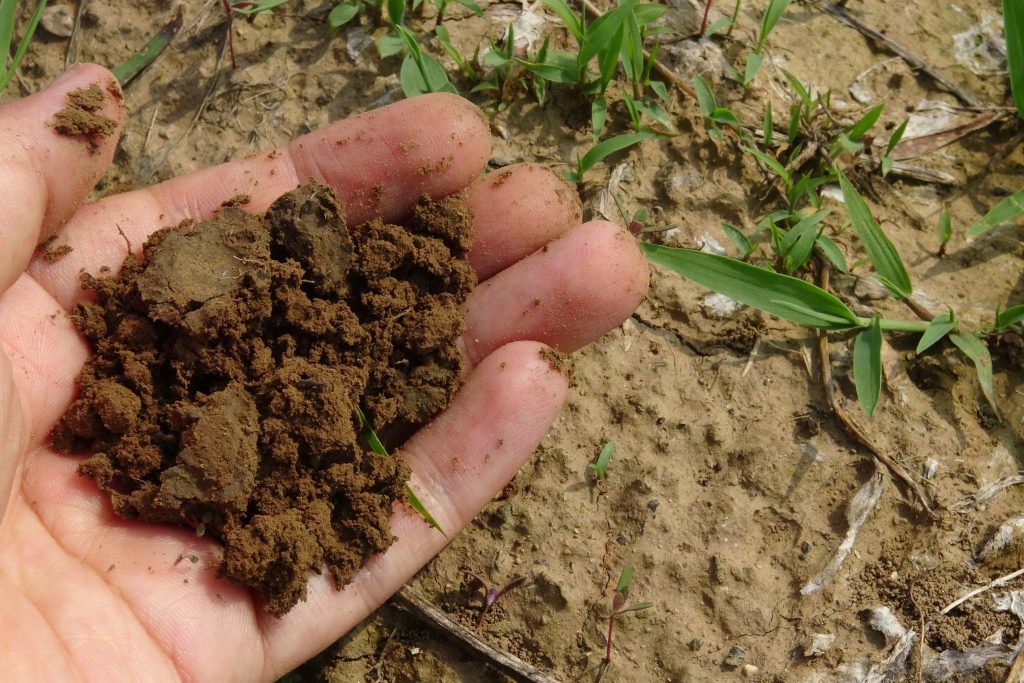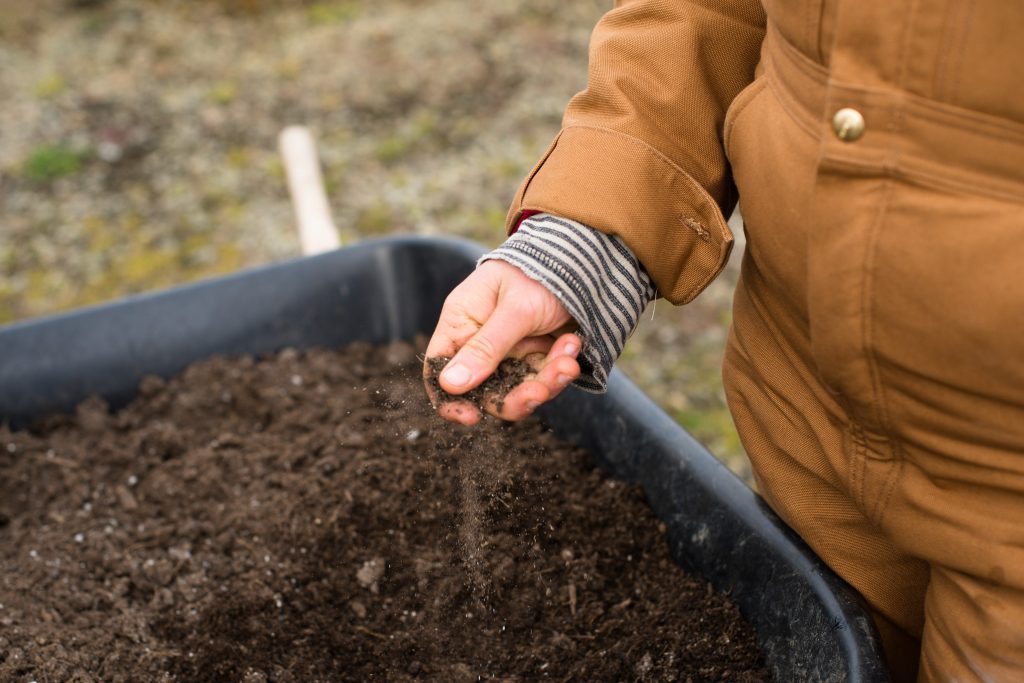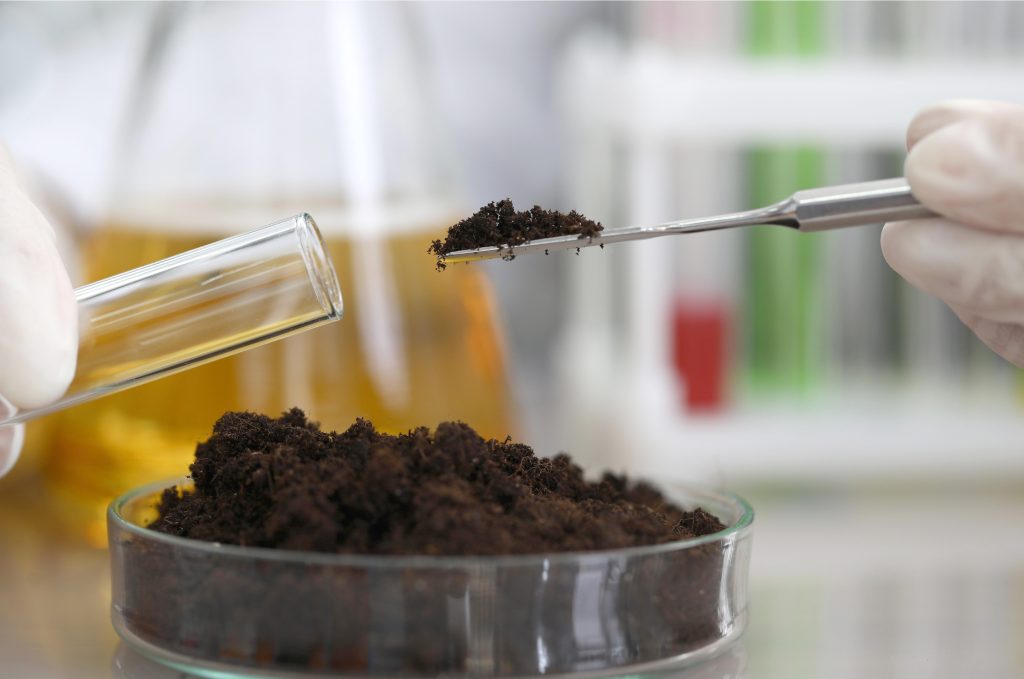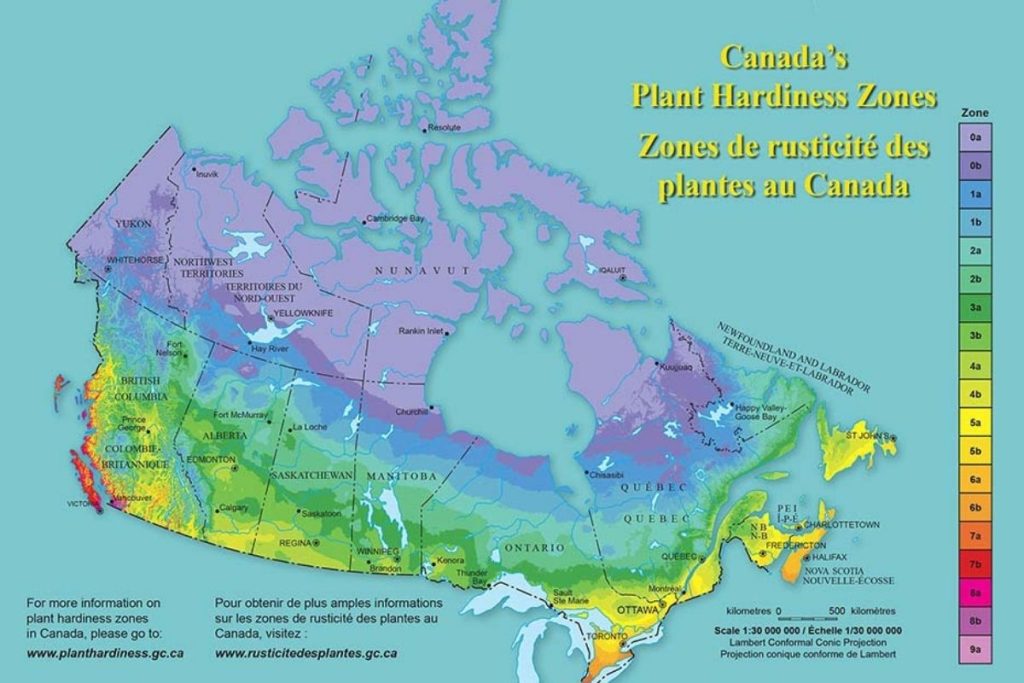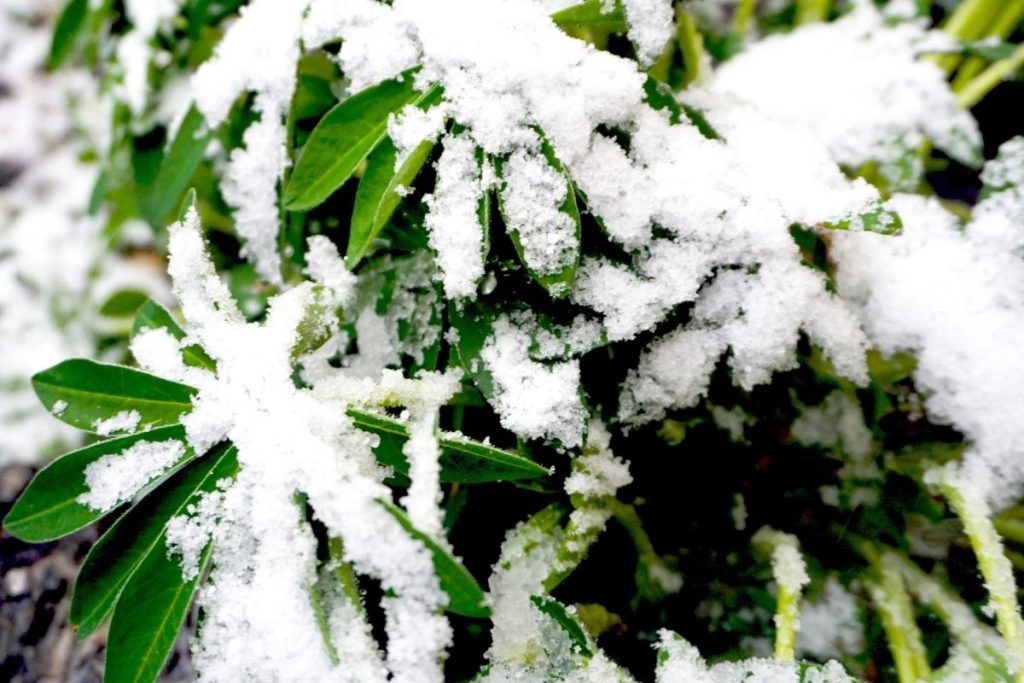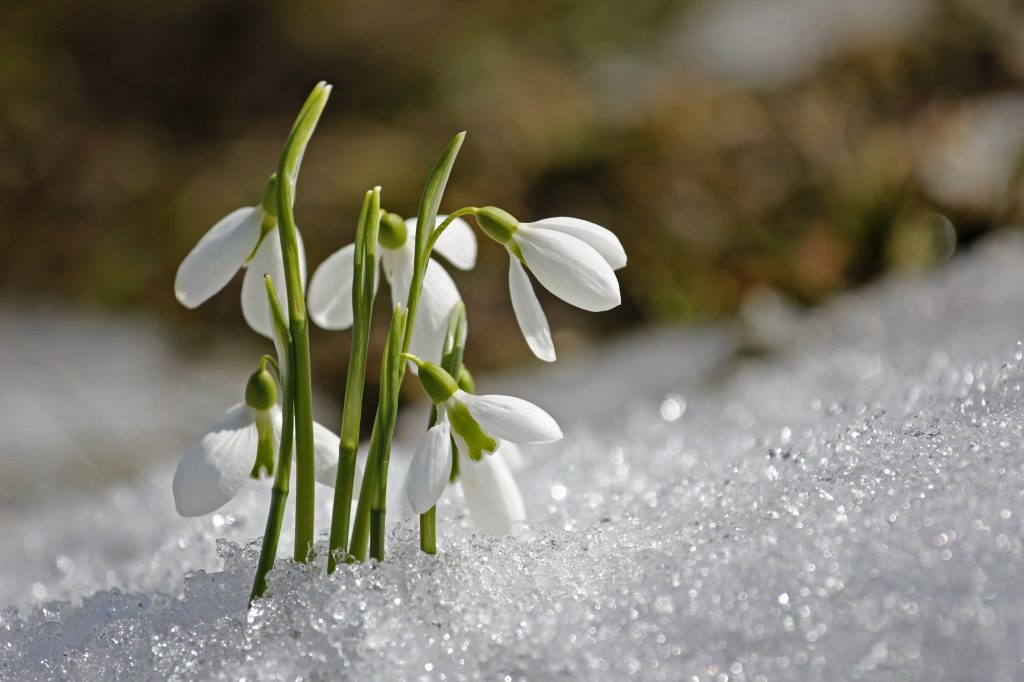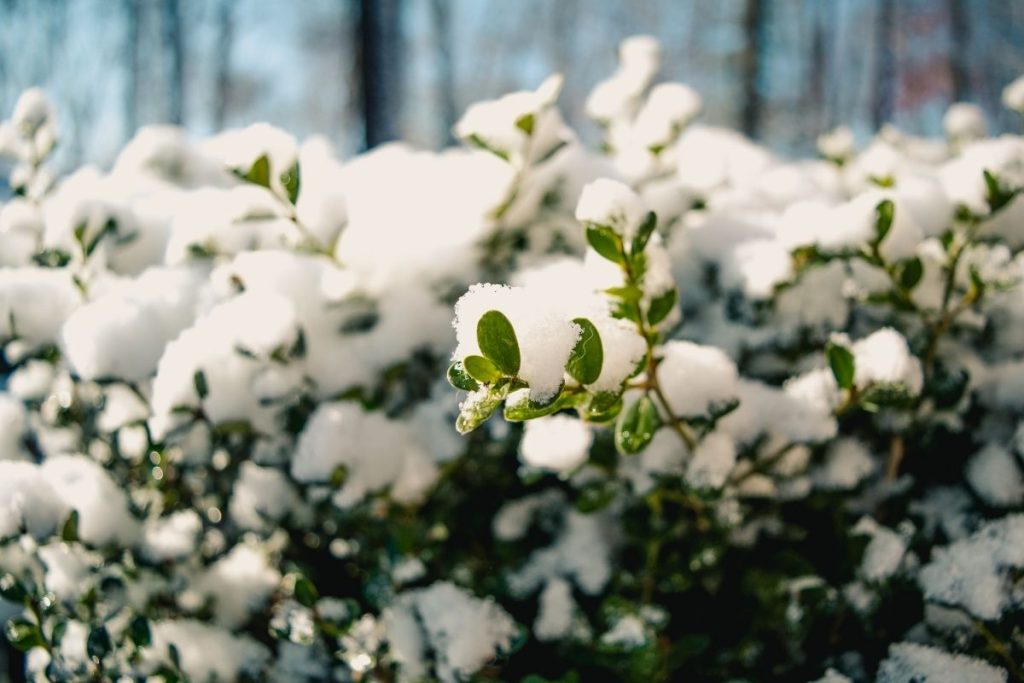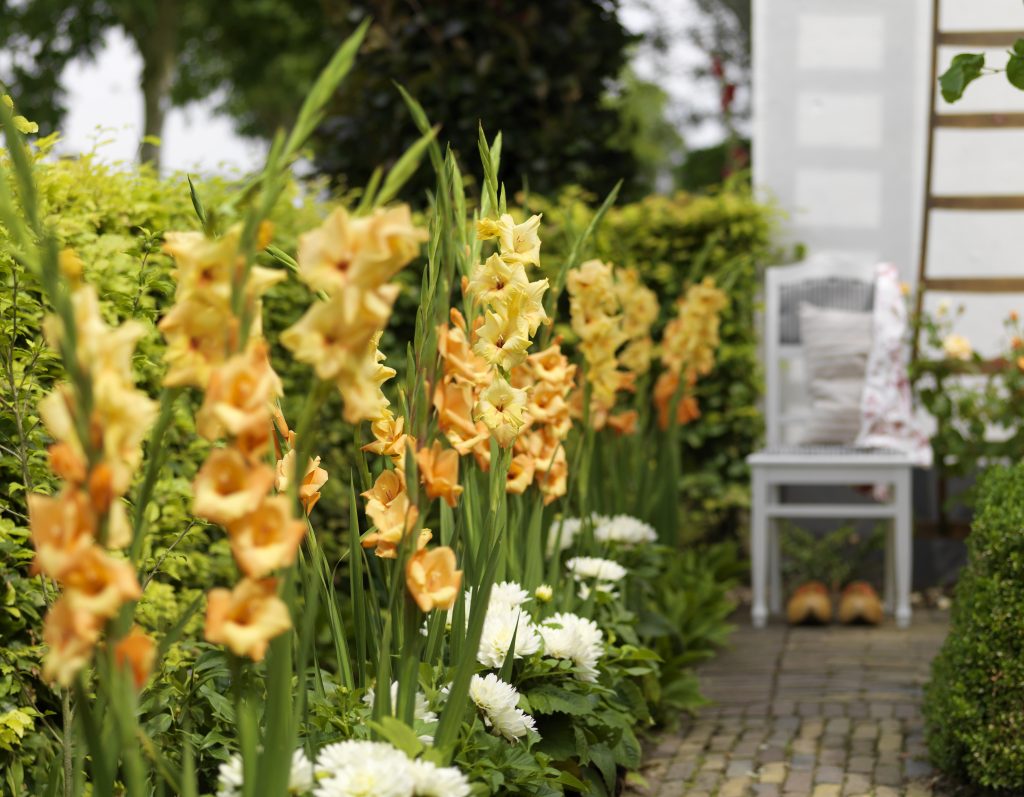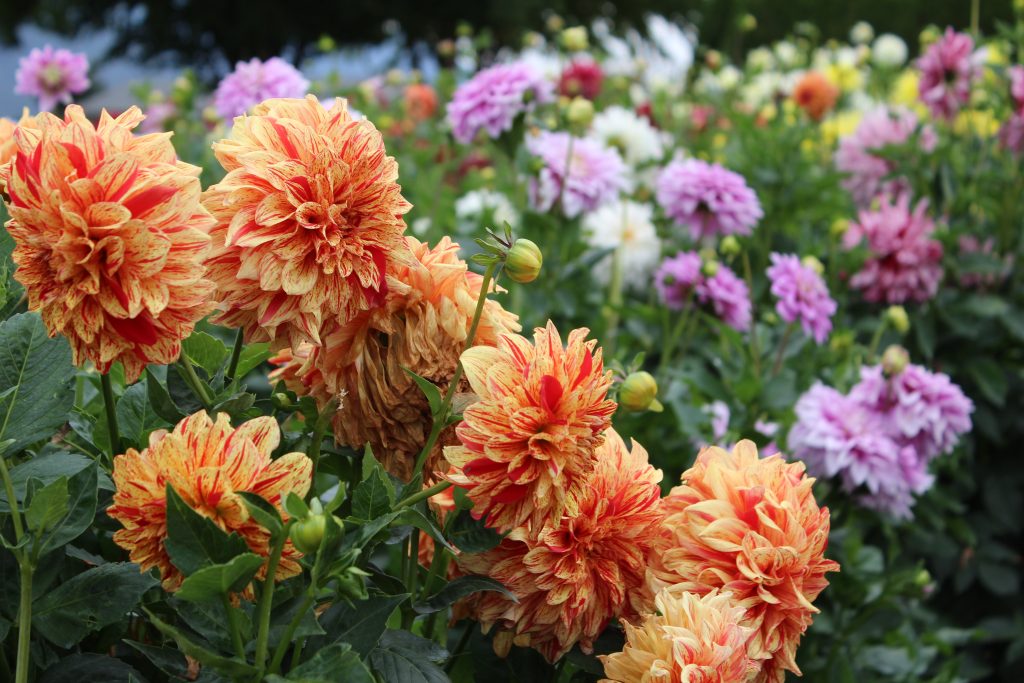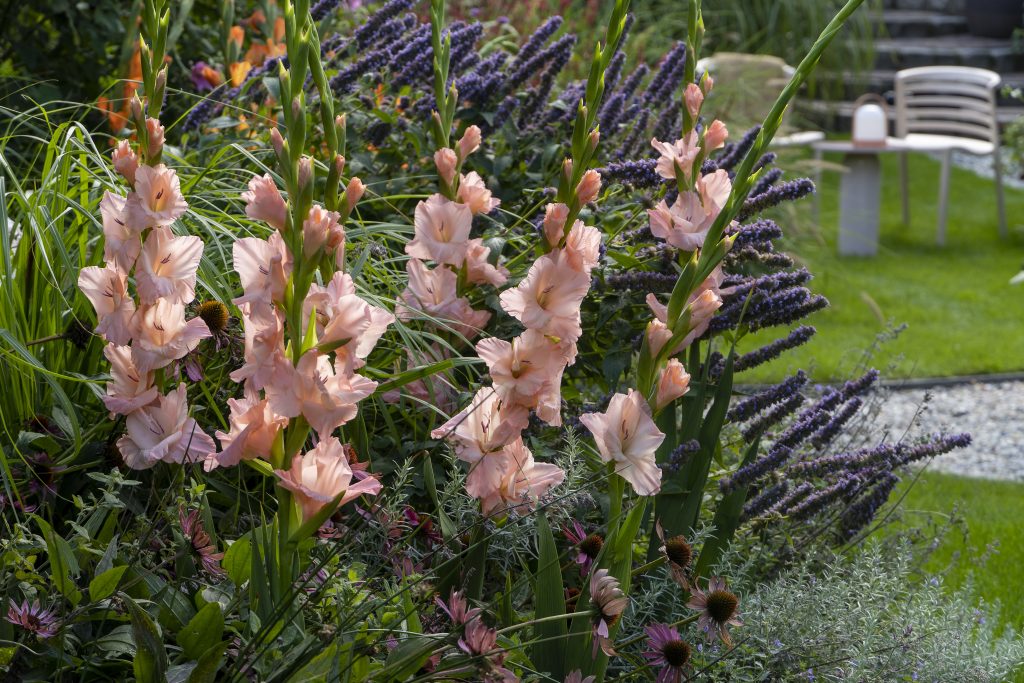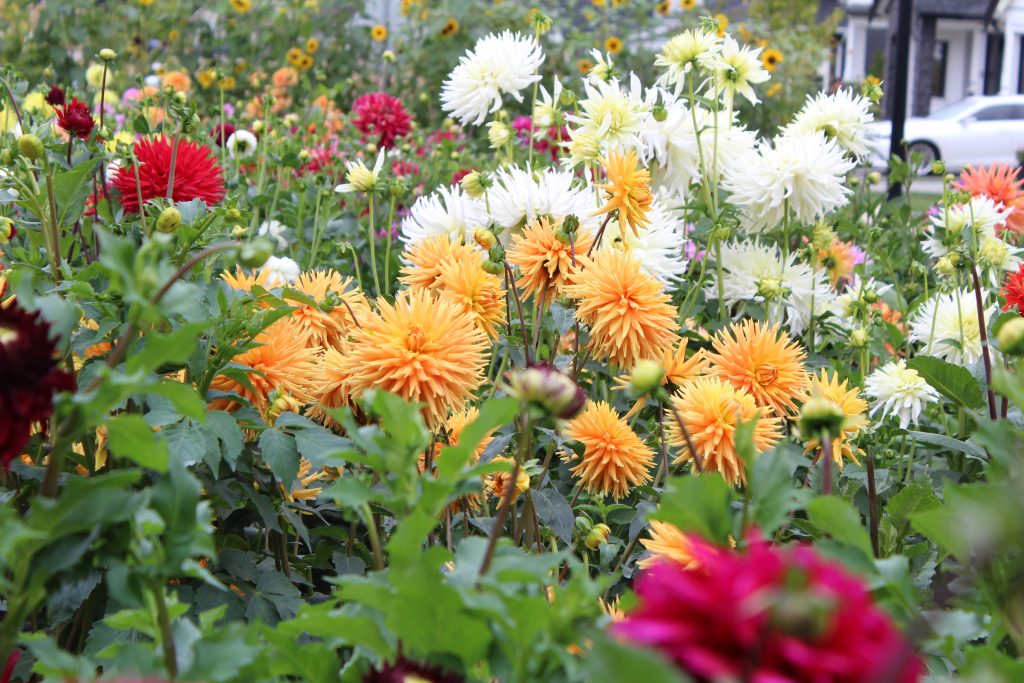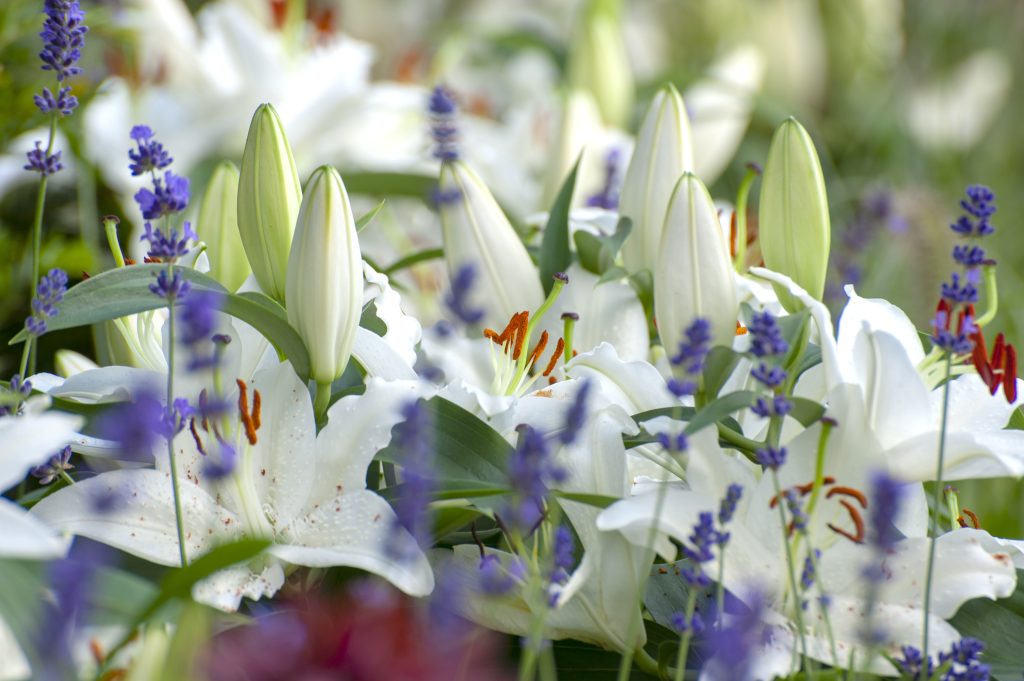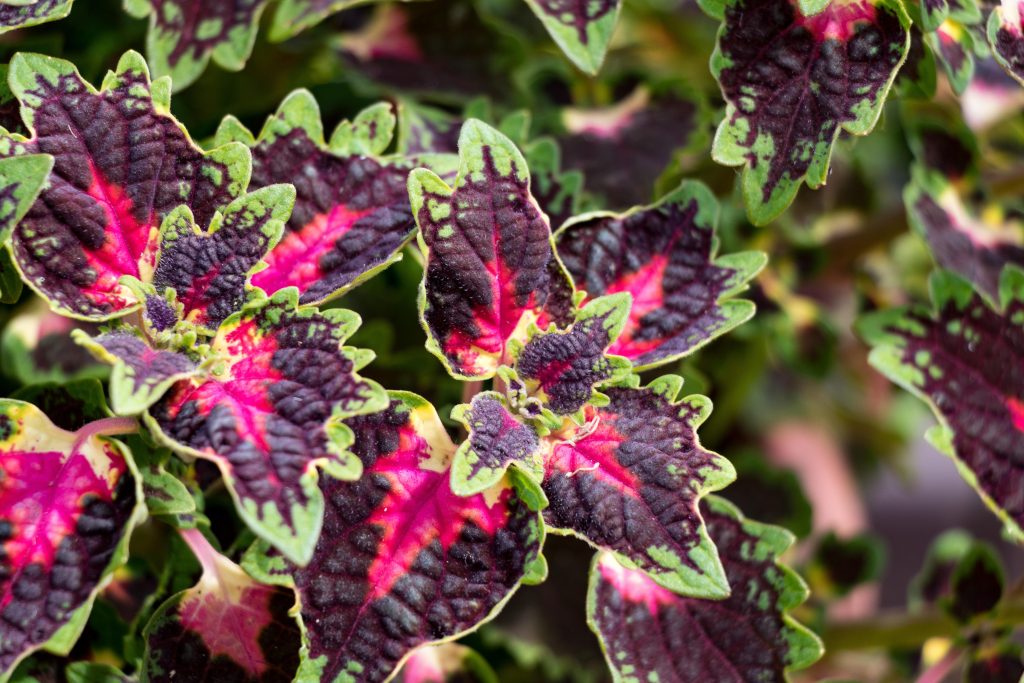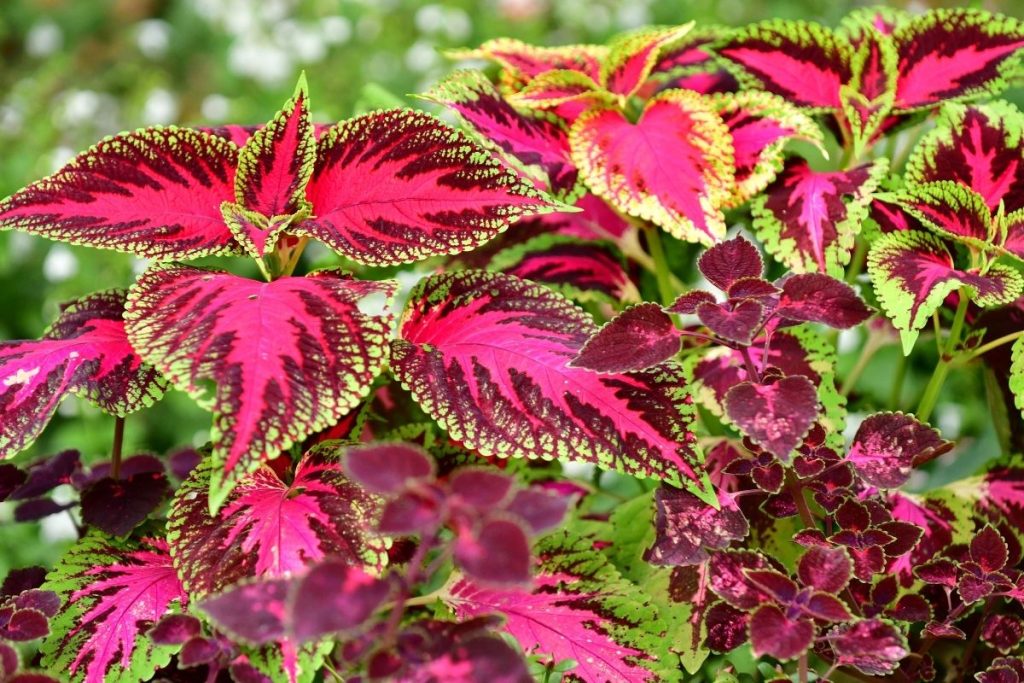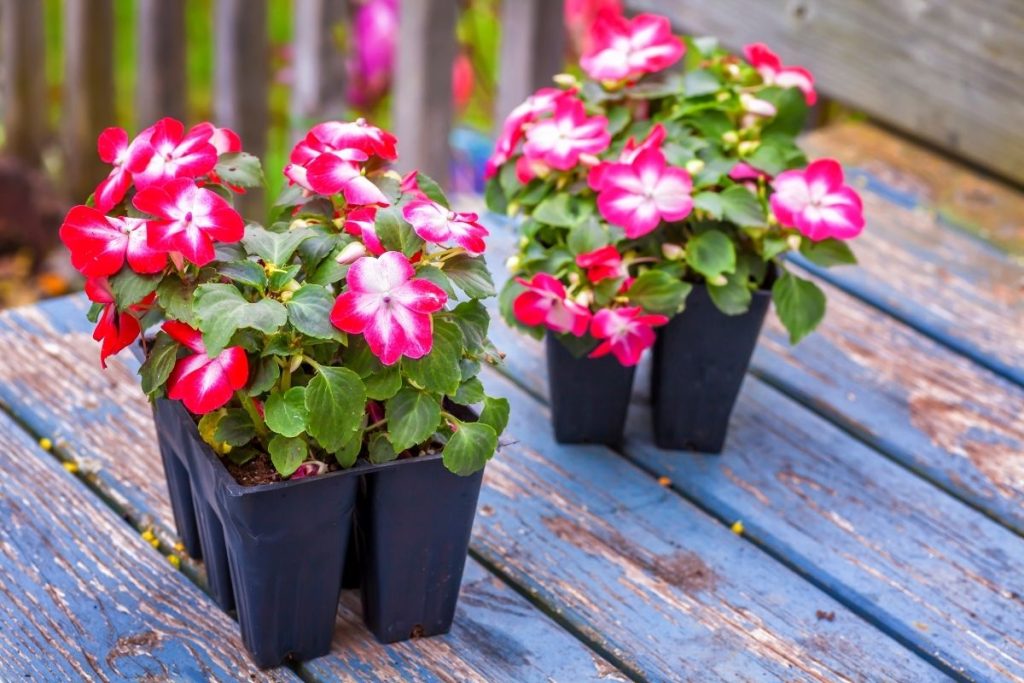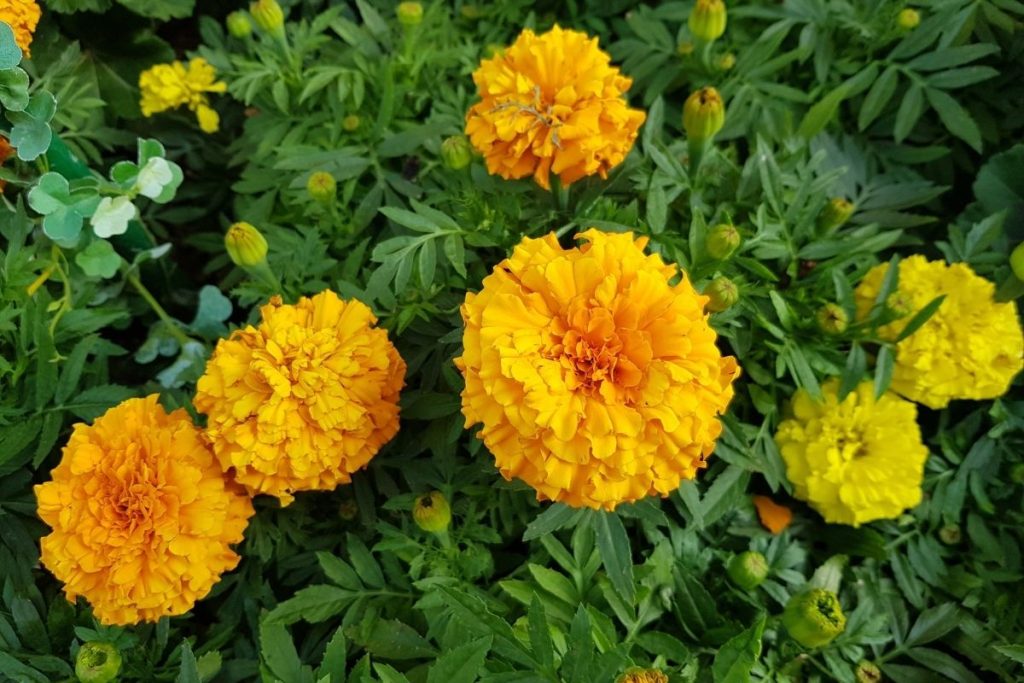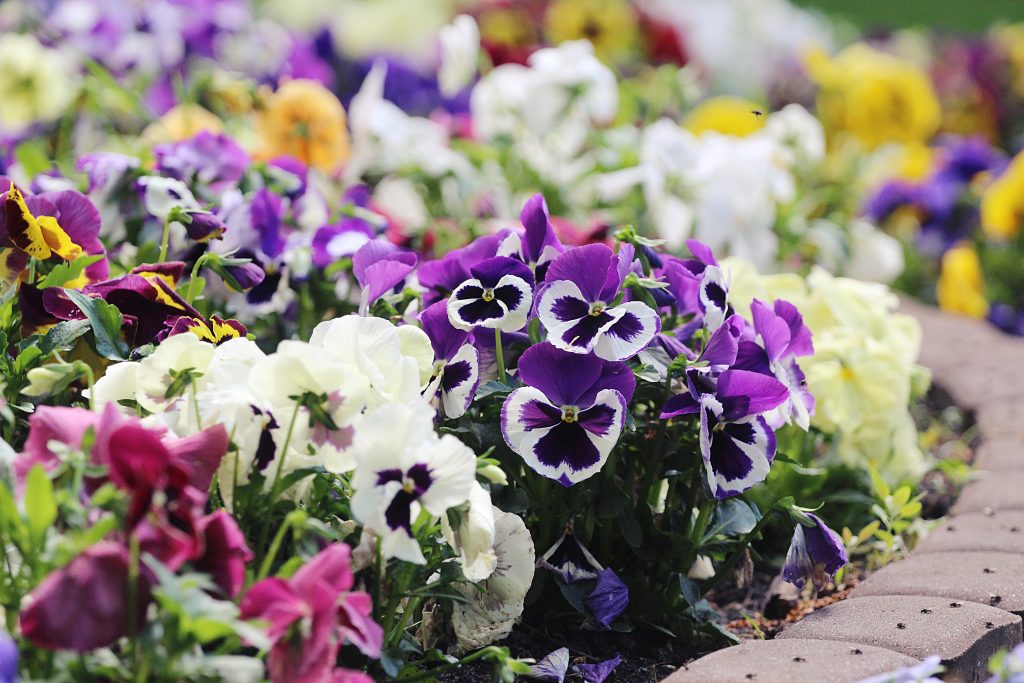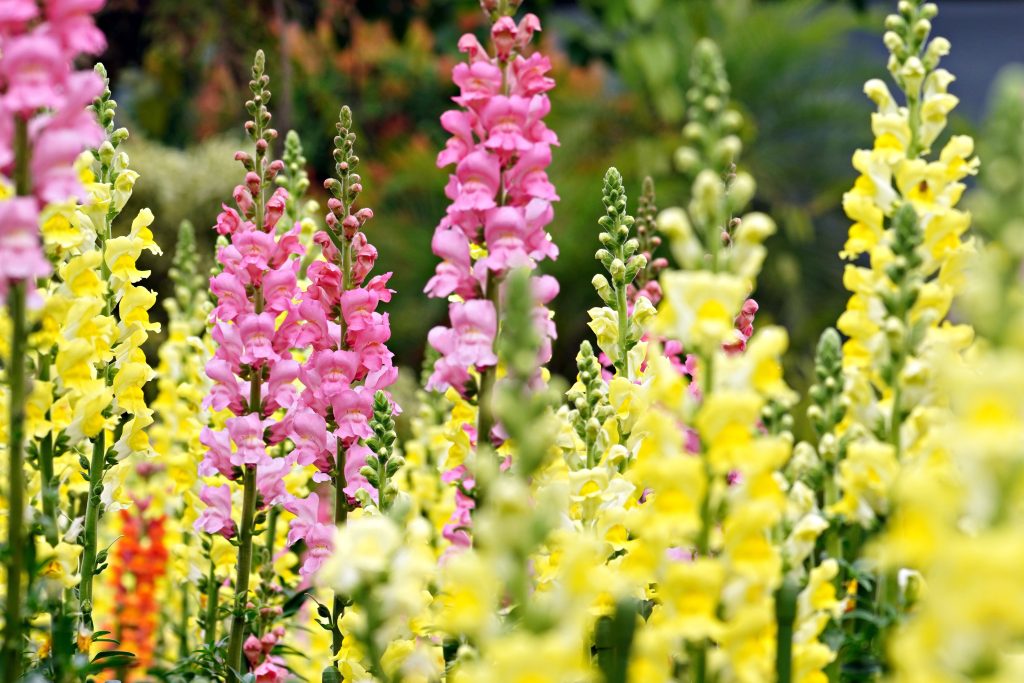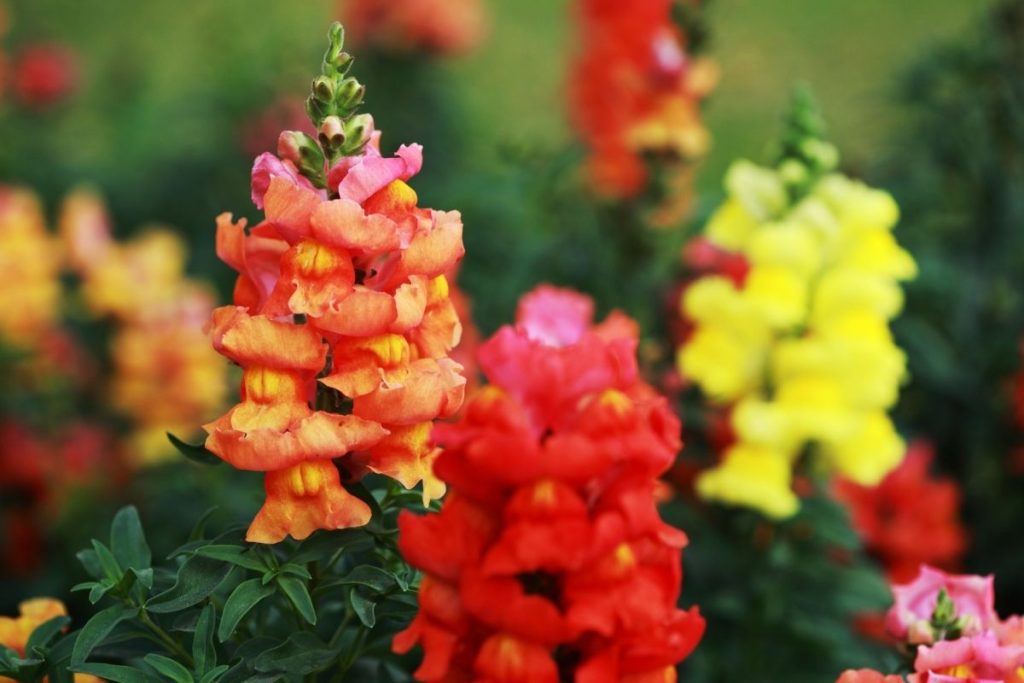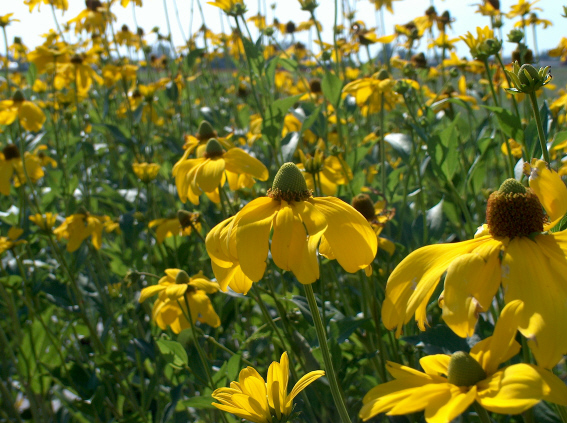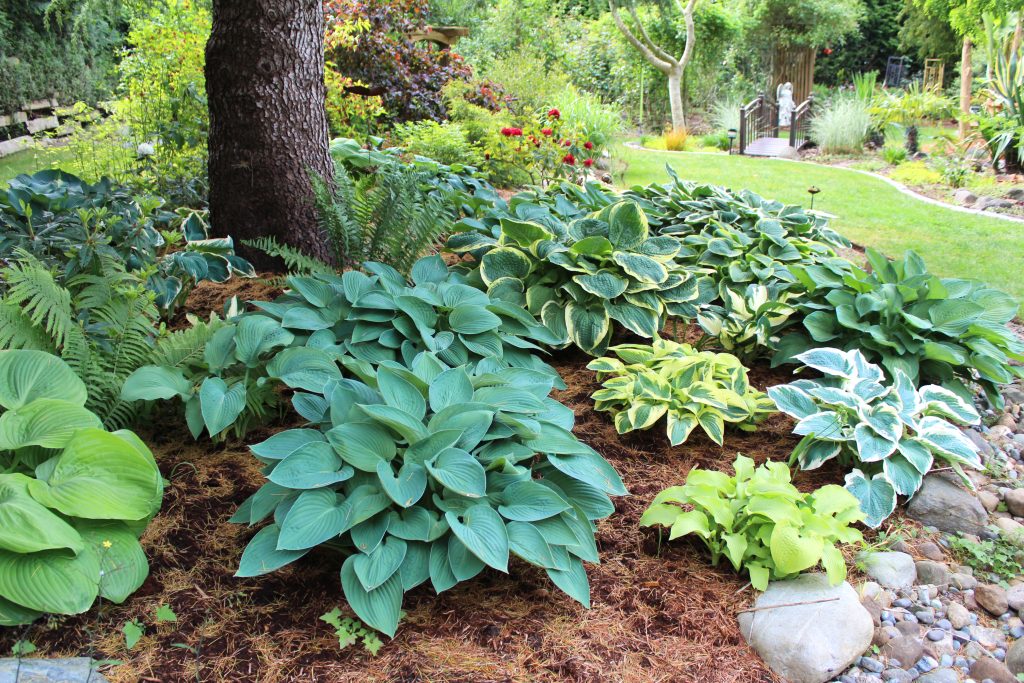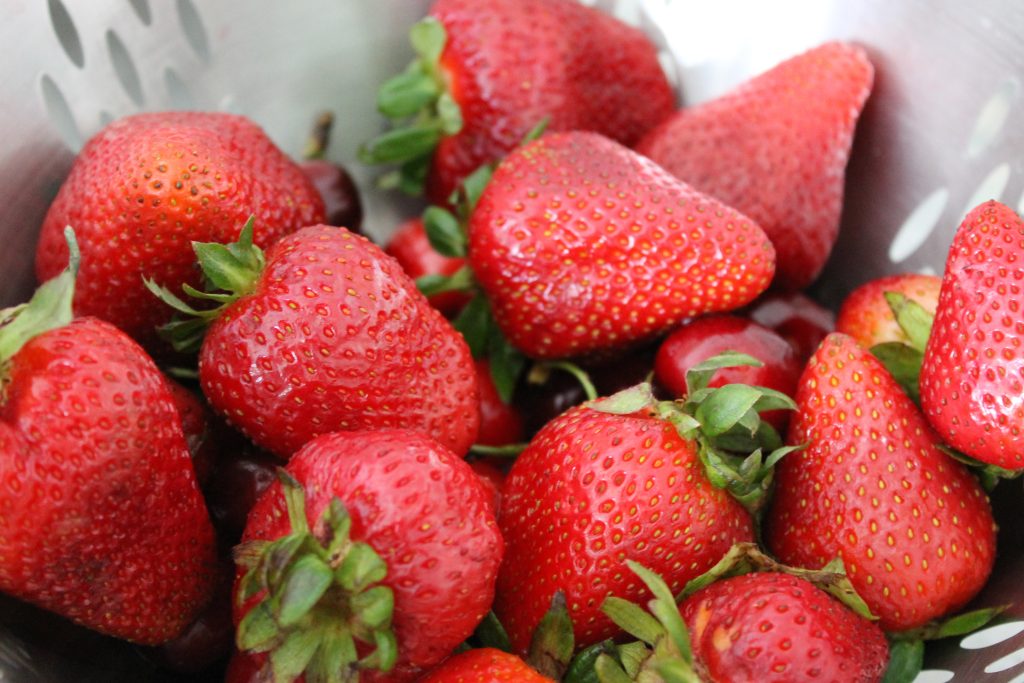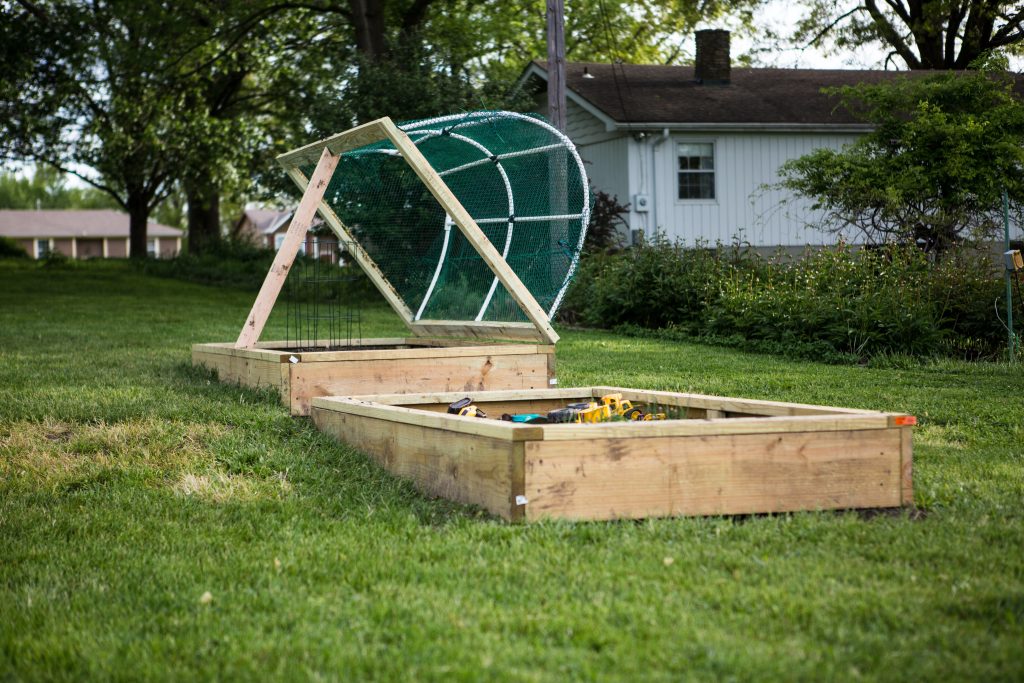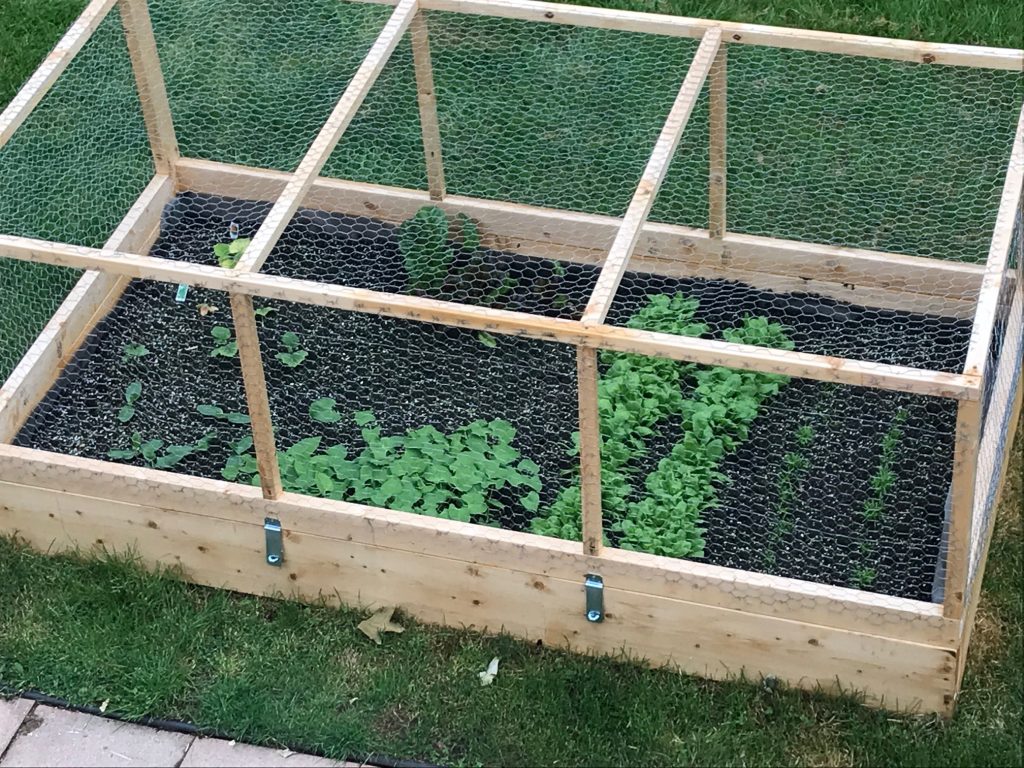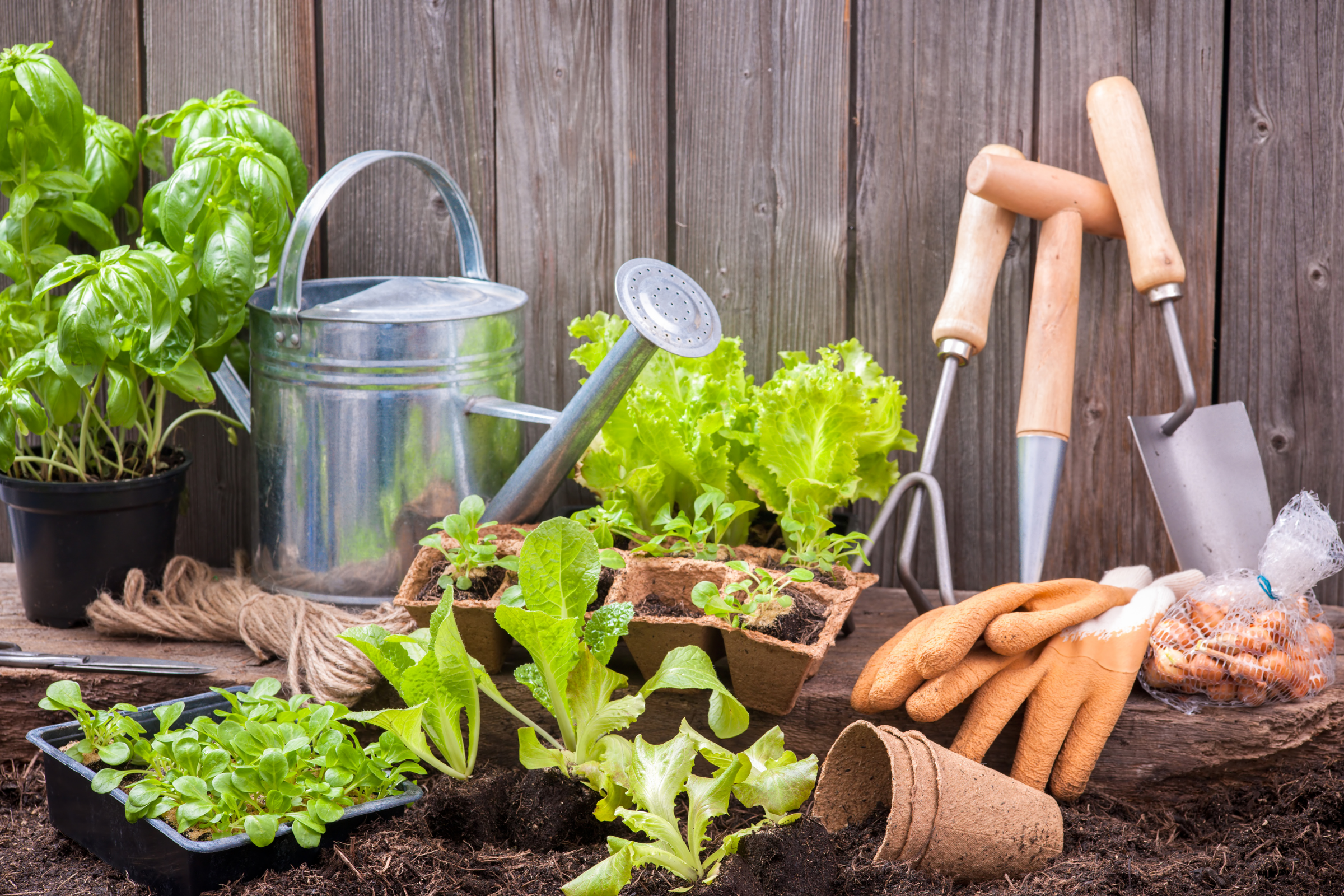
A Beginner’s Garden: What I Wish I Knew When I Started Gardening
Starting your first garden can be a daunting task. A few years ago, I moved from a small townhouse into a detached home with a large yard. The options were endless when I started gardening, but I lacked the knowledge of home garden basics. When starting a garden, some basic gardening tips are always welcome. I knew I wanted a range of gorgeous plants in my garden, but what I soon found out was that as a beginner gardener, there are some tips I wish I knew when I started out. As you too might be starting out as a gardening beginner, read our basic gardening guide blog.
Table of Contents
Don’t Jump the Gun – Get Ready First
So, I was ready to get started. My hopes and dreams for my garden were bursting and I was ready to plant! But wait, where are all my garden tools? What do I need to start gardening? As a first-time gardener, I was lacking the essential tools I needed to get started. With a visit to the local garden centre, I was able to pick up gloves, a spade, a hand trowel, pruners, a shovel, and a good hose with a multi-spray nozzle.
Prepare Your Soil
To ensure your new garden has the best chance of success, you need to start with good soil. Check to see if your soil is ready for planting, you can get a soil test kit from your local garden centre. These kits test the pH levels of your soil and what nutrients it contains. Without going to the lengths of testing your soil, you can always add organic matter like compost if you have sandy soil to help the soil retain moisture. If your garden is too clay-like, you can add sand, straw, or leaf mulch to improve drainage. Adding compost to your soil improves the overall quality and nutrients available in your soil. Check out our comprehensive blog on soil to dive deeper and learn more.
What’s a Hardiness Zone?
When starting out I hadn’t even heard the term Plant Hardiness Zone, so don’t worry if you are in the same boat. Zones offer a general guide to the kind of plants that will survive and thrive in your area. Each area of Canada has its own zone value. An area’s zone corresponds with the average coldest temperature during the winter. For example, a milder Canadian climate in Vancouver is a zone 8, while Ottawa comes in at a 5, and colder areas in the prairies such as Calgary, measure a zone 4. Zones in Canada range from 1 to 9. If you are residing in zone 5, you can expect plant varieties that are noted as zone 0-9, 2-9, 3-9, 4-9, or 5-9 to be able to survive a regular winter. A plant classified as a zone 6-9, 7-9, or 8-9 will not survive a normal winter outdoors in a zone 5 area. When choosing plants at the garden centre, the hardiness zone will be stated on the back of the garden stake (or if in doubt, ask a salesperson). Check out the attached map to find out your hardiness zone and this link to find the hardiness zone of your town or city.
What am I Planting? Bulbs, Perennials, Annuals
There are different classifications of plants in the garden. Planting bulbs is very rewarding, and I find it to be perfect for a beginner’s garden. In the fall you plant tulips, daffodils, hyacinths, crocus, and other spring-blooming flowers. I love that I can simply plant them in the autumn and come spring they are a full show of gorgeous blooms in my garden.
In the spring I like to plant my lilies, dahlias, and gladiolus. I like that I get fast returns on these bulbs, as I get blooms as early as June. The care for your summer flowers is a little more, as the weather is warmer, and watering your plants is a necessity.
Bulbs are great, as many of them naturalize and come back the following year. Tulips can be shorter-lived, so it’s best to plant some new ones every fall. Dahlias and gladiolus are frost tender, so you will need to dig up and store them in a frost-free location during the winter, however you will be able to bring them out of storage in the spring to plant them again!
Annuals are a plant whose life cycle completes in a year, from spring to fall. Generally, annuals arrive out in garden centers in March through May, just in time for the weather to start to warm. Annuals include marigolds, pansies, snapdragons, impatiens, and my new favourite, coleus. Annuals are great for making hanging baskets. I like to plant my annuals after my spring-blooming flowers are finished. I leave a portion of my garden for annuals, and some summer flowering bulbs. The variety is always nice.
My favourite plants for my garden are by far perennials. Plant once and love them for years and years. There are so many options to choose from. Read our blog What’s What in the Garden to learn more about the different types of plants for your garden.
Planting Tips for Beginners
One of my mistakes in my first year of gardening was not paying attention to the light needs of plants. I was overcome by how a plant looked and didn’t pay much attention to where I should be planting it. I bought a bunch of plants for the newly built garden, without checking their individual needs. I didn’t even check their zones. I just knew I love the look of them! Over the course of a short amount of time, I realized my mistake. I know that gardening is a process and I will be constantly learning. So, learn from my mistake: take a couple of days outdoors to see how the sunlight moves across your garden space. When I observed that the garden bed was in the shade of large trees for the afternoon, I then knew that the full sun plants I chose would struggle in this area. So, I went back to the drawing board, dig up some plants, and moved them to areas where they would thrive. Review our lists of great perennials for shade and sun-loving perennials. I assure you, it will save you some frustration and give you ideas of other plants to try in your garden. Also, check out our blog on the best perennials for the different levels of shade.
When planting my first selection of perennials, I forgot another important step. In the excitement of planting, I forgot to plan where I will place my plants. I planted a gorgeous Rudbeckia Herbstsonne (coneflower) in front of a stunning Hosta Wheeee! Sounds alright? Well, I received many accolades for the beauty of the rudbeckia, which was 175 cm (70”) tall, but none on my favourite hosta, which was being dwarfed at 45 cm (18”). Needless to say, I had to dig up the rudbeckia which was at the front of my garden bed. It grew way too big for the area intended and didn’t leave much room to showcase my other favourite plants. So, a really good tip is to read the labels for the mature size of the plant. What might look like a well-grown and mature plant in a container at the garden center, could grow to a garden giant in a season or a few years.
One of the main things about gardening I have learned is to be patient. Sometimes, not everything will always go as planned or in the time you were hoping for. Over time you learn what will work best in your garden. For instance, during my first year of gardening, I planted some strawberries, only to see that deer, squirrels, and other creatures in my garden loved strawberries as much as I did. My solution? I created a raised garden bed with an easy to open lid covered with chicken wire. With my new protected garden bed, I was able to plant a series of fruit and vegetables that were otherwise being eaten up by critters.
Learning how to garden is fun and rewarding. With these gardening basics for beginners, take the leap into planting your own backyard garden! Since I started building my garden a few years back, my experience and knowledge have grown by leaps and bounds. I have learned what works well in my garden. There are so many different varieties to plant in your garden, and I have loved picking out gorgeous bulbs, annuals, and perennials. I hope the beginner gardener tips I learned will help you as you venture into your own garden spaces.
If you have any questions about gardening for beginners, please feel free to ask and we will be happy to help.
For information on where to find Florissa products near you, please inquire on our Find a Retailer page.



